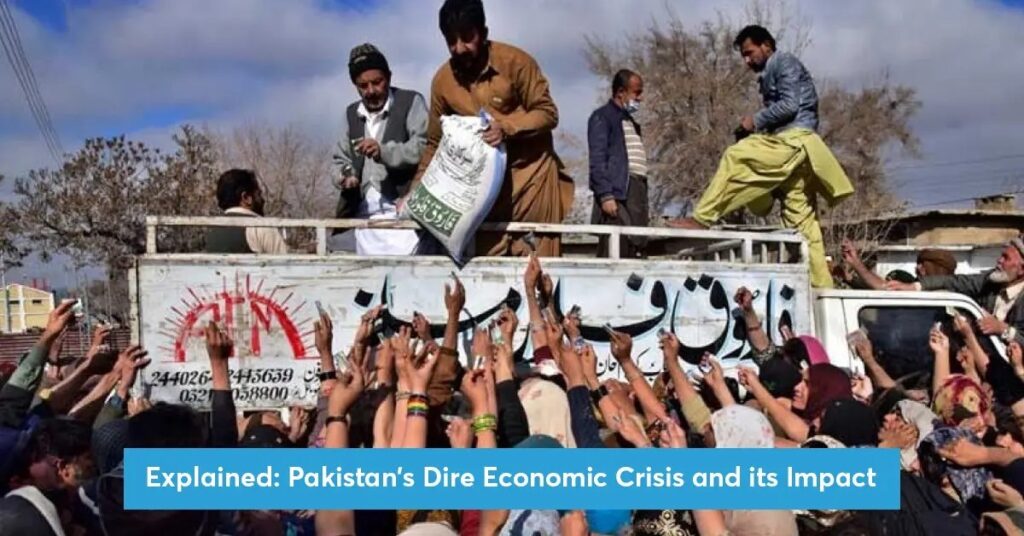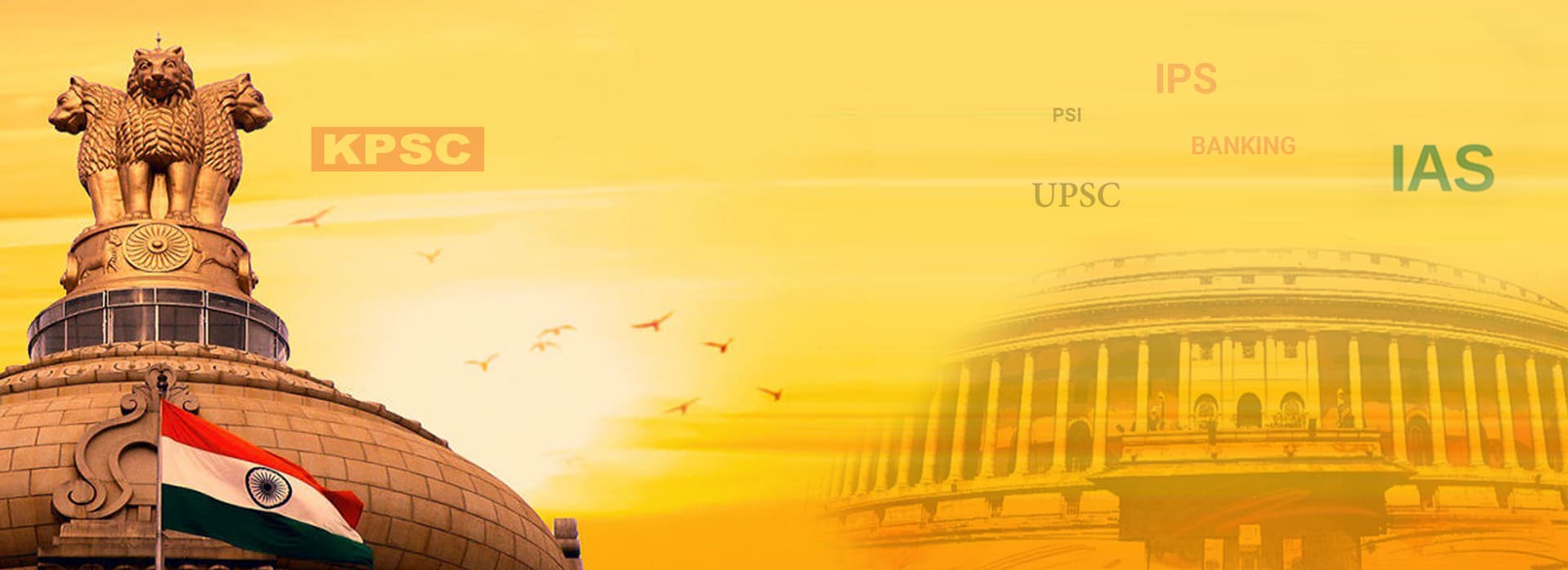Pakistan’s Crisis and Its Strategic Fallout on India
Syllabus:
GS-2:
India and its Neighbourhood , Effect of Policies & Politics of Countries on India’s Interests
Focus:
A recent terrorist attack in Jammu & Kashmir, linked to Pakistan-backed groups, has highlighted Pakistan’s worsening internal instability. Amidst political chaos, economic distress, and rising insurgencies, the Pakistani military appears to be reviving failed strategies against India, raising fresh security and diplomatic challenges for the region.

Recent Terrorist Attack and Its Implications:
Gruesome Attack in Pahalgam
- On April 22, a brutal terrorist attack occurred in Pahalgam, Jammu and Kashmir.
- Pakistan-linked terrorists, particularly from Lashkar-e-Taiba using the name “The Resistance Front”, were involved.
- While the authenticity of the claim is uncertain, Pakistani terrorist participation is confirmed.
Shattered Calm in Kashmir
- After the abrogation of Article 370 (August 5, 2019), Kashmir witnessed improved security and a ceasefire since 2021.
- A decline in violence boosted tourism and created an impression of normalcy.
- The recent attack shattered this fragile peace, renewing security concerns.
Pakistan’s Internal Decay: Political, Economic, and Social Dimensions:
Political Instability
- Military rigging of elections sidelined Opposition leaders, resulting in a weak civilian government.
- The army’s interference in civilian affairs has increased, eroding democratic processes.
Economic Turmoil
- Severe economic crisis marked by rising poverty, unemployment, and climate-induced disasters.
- Frequent IMF bailouts and dependence on Saudi Arabia, UAE, and China underline Pakistan’s fragile economy.
Rise of Militancy and Ethnic Unrest
- The return of the Afghan Taliban (2021) emboldened the Tehrik-e-Taliban Pakistan (TTP).
- TTP’s violent campaign in Khyber Pakhtunkhwa aims to enforce Sharia rule.
- The Balochistan insurgency is expanding, with youth and women joining groups like the Baloch Liberation Front and Baloch Liberation Army.
- Sindh protests over Indus water diversion reflect growing internal unrest.
Deteriorating Foreign Relations and Strategic Isolation:
Fraying Ties with Global Powers
- After the U.S. withdrawal from Afghanistan, America’s dependence on Pakistan declined.
- Rising attacks on Chinese personnel under CPEC projects and Gwadar resistance have strained China-Pakistan relations.
- Even traditional allies are cautious of Pakistan’s instability.
Military’s Radical Posture
- Army Chief Gen. Asim Munir displays Islamist ideology and anti-India sentiments.
- Munir’s overreach into economic management indicates military overextension.
- Facing internal failures, Pakistan’s army is reverting to covert terrorism and adventurism.
India’s Strategic Response: Dilemmas and Considerations:
Historical Lessons of Past Misadventures
- Past Pakistani misadventures like Kargil (1999) and Mumbai attacks (26/11) ended in failure.
- Pakistan’s global credibility diminished, with even China distancing itself during crises.
- Despite these failures, Pakistan’s military continues to repeat failed strategies.
India’s Immediate and Long-Term Approach
- India’s initial cautious response after the April 22 attack shows strategic maturity.
- Escalation, driven by political pressure or public anger, could lead to dangerous deadlocks.
- India must blend firmness with strategic flexibility, balancing punitive actions with controlled engagement.
Crafting a Sustainable India-Pakistan Policy:
Acknowledging Power Asymmetry
- India’s strategic superiority over Pakistan is now evident.
- Pakistan’s attempts to counterbalance through asymmetric warfare like jihad have consistently failed.
A Balanced Strategy: Incentives and Disincentives
- India must adopt a calibrated strategy combining deterrence with engagement.
- Meaningful leverage through incentives and disincentives could influence Pakistan’s strategic calculations.
Need for Strategic Patience
- Pakistan’s internal collapse is slow but inevitable, posing risks for India too.
- A mix of resilience, strength, and selective engagement is essential to manage Pakistan’s implosion effectively.
Challenges:
- Cross-border Terrorism: Persistent infiltration and attacks by Pakistan-backed terrorist groups threaten India’s internal security.
- Unpredictable Military Rule: Pakistan’s military-dominated politics results in aggressive, irrational, and unstable behavior.
- Rising Radicalization: Influence of Islamist ideologies and groups like TTP fuels regional instability.
- Economic Collapse in Pakistan: May trigger refugee flows, terror financing, or regional unrest impacting India.
- Internal Ethnic Unrest in Pakistan: Balochistan, Khyber Pakhtunkhwa, and Sindh crises could spill over borders.
- China Factor: China’s strategic interests in CPEC and Gwadar may complicate India’s regional calculations.
- Diplomatic Constraints: Global powers remain cautious, limiting India’s options for international pressure.
Way Forward:
- Calibrated Engagement: Maintain a balance between strategic deterrence and low-level dialogue.
- Strengthen Border Security: Intensify surveillance, counter-infiltration operations, and intelligence sharing.
- Regional Diplomacy: Coordinate with neighbors and allies to isolate terrorism and monitor Pakistan’s internal developments.
- Counter-Radicalization Efforts: Invest in information warfare and de-radicalization programs across the region.
- Leverage Power Asymmetry: Use India’s economic and diplomatic edge to apply measured pressure.
- Strategic Patience: Avoid reactionary responses; prepare for long-term regional shifts due to Pakistan’s decline.
Conclusion :
Pakistan’s internal implosion, driven by military overreach, radical extremism, and economic decline, poses both threats and opportunities for India. A stable yet cautious policy mix of deterrence and conditional engagement can help India safeguard its interests while preparing for the long-term regional consequences of Pakistan’s structural decline.
Source: IE
Mains Practice Question :
Q. Pakistan’s internal crisis poses strategic, security, and diplomatic challenges for India. In light of recent developments, critically examine how India should recalibrate its Pakistan policy to safeguard national interests while managing regional stability.






